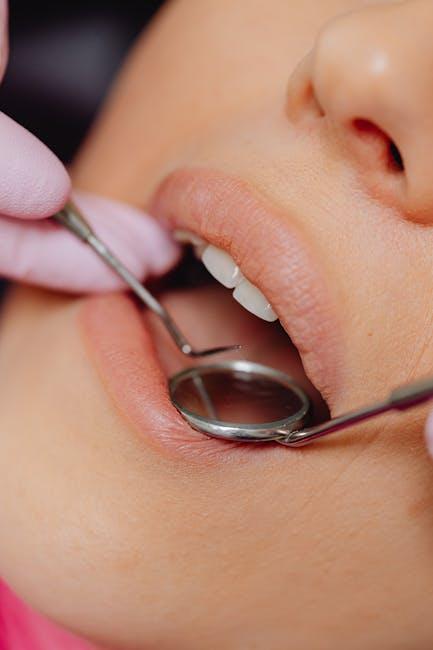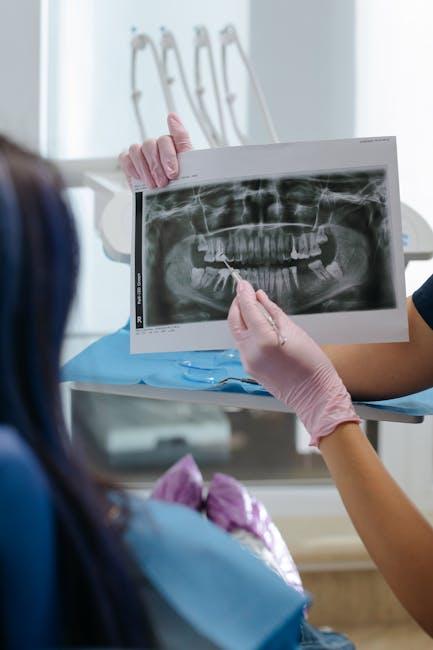
Emergency Dental Visits Surge 64% Day After St. Patrick’s Day – CNBC Report
St. Patrick’s Day is a global celebration rich with tradition, vibrant festivities, and, often, an indulgence in food and drink. However, a recent CNBC report highlights an unexpected and alarming trend: emergency dental visits increase by a staggering 64% in the 24 hours following St. Patrick’s Day. This spike sheds light on how celebrations, while enjoyable, can sometimes put your dental health at serious risk. In this article, we’ll explore the reasons behind this surge, the common types of dental emergencies encountered, and practical tips to protect your smile during such festivities.
Why Do Emergency Dental Visits Spike After St. Patrick’s Day?
The day after St. Patrick’s Day sees a significant increase in dental emergencies due to various factors associated with the holiday celebration:
- Alcohol Consumption: St. Patrick’s Day is often synonymous with increased alcohol intake. Alcohol can impair judgment, coordination, and reflexes, leading to accidents or risky behaviors resulting in dental injuries.
- Risky Eating Habits: Traditional celebratory foods such as hard pretzels, corned beef sandwiches, and other crunchy treats may increase the likelihood of chipped or cracked teeth.
- Physical Accidents: Falls, fights, or accidental collisions—often influenced by the inebriated atmosphere—contribute to trauma to teeth, lips, or jaw.
- Unprotected Sports or Outdoor Activities: The holiday falls close to spring, and outdoor fun without mouthguards or proper dental protection can exacerbate injury risk.
Common Types of Emergency Dental Visits After St. Patrick’s Day
Dental professionals report various injuries and issues that spike immediately after the festivities. Here are some of the most common:
| Type of Dental Emergency | Description | Typical Causes |
|---|---|---|
| Tooth Fractures and Chips | Cracks or breaks in the tooth enamel or deeper layers. | Biting hard items, trauma from falls or collisions. |
| Dental Avulsions (Knocked-Out Teeth) | Complete displacement of a tooth from its socket. | Physical accidents, fights, or falls. |
| Soft Tissue Injuries | Cuts or bruises to lips, tongue, or cheeks. | Impact injuries during falls or altercations. |
| Tooth Sensitivity and Pain | Sharp, lingering pain indicating possible cavities or infections. | Excessive sugary and acidic food or drink consumption. |
Insights from CNBC’s Report
The CNBC analysis draws from data collected across emergency dental clinics nationwide, showing a consistent pattern of increased patient visits within the 24-48 hours post-St. Patrick’s Day. Experts also highlight the economic impact, noting that unplanned dental emergencies cause thousands of dollars in unexpected dental costs and contribute to increasing emergency room overcrowding.
“The 64% surge in emergency dental visits after St. Patrick’s Day is a clear indicator that festivities have unintended dental consequences. Increased awareness and preventive care can mitigate these risks significantly.” – Dr. Sarah Jamison, Dentist and Oral Health Advocate
Practical Tips for Preventing Dental Emergencies During Festivities
While it’s important to enjoy holidays and celebrations, protecting your dental health should remain a priority. Here are practical tips to reduce your risk of dental mishaps on St. Patrick’s Day and beyond:
- Moderate Alcohol Consumption: Limit intake to maintain alertness and coordination.
- Choose Teeth-Friendly Snacks: Opt for softer, less abrasive foods rather than hard or sticky treats.
- Use Protective Gear: If engaging in activities or sports, wear a proper mouthguard.
- Avoid Using Teeth as Tools: Don’t bite on bottle caps, straws, or use teeth to open packages.
- Maintain Routine Oral Hygiene: Brush and floss regularly to reduce gum disease and sensitivity.
Real-Life Case Study: A Post-St. Patrick’s Day Emergency
Consider the case of Michael, a 28-year-old who celebrated St. Patrick’s Day with friends. After consuming several drinks, he slipped on a wet floor and chipped his front tooth. Unaware of the need for emergency dental care, Michael delayed visiting a dentist for two days, which worsened the damage and required more invasive treatment.
Lesson Learned: Quick action after dental trauma can minimize damage and improve recovery outcomes. Seeking immediate care is essential for cases of living dental tissue exposure, avulsed teeth, or severe pain.
Summary Table: St. Patrick’s Day Dental Risks and Prevention
| Risk | Cause | Preventive Measure |
|---|---|---|
| Chipped Tooth | Biting hard food, falls | Avoid hard foods, be cautious while walking |
| Knocked-Out Tooth | Physical trauma | Wear mouthguards, avoid fights |
| Soft Tissue Injury | Falls, collisions | Watch footing, moderate alcohol |
| Toothache Post-Party | Sugar & acid overload | Hydrate, brush teeth after eating |
Conclusion
The 64% surge in emergency dental visits immediately following St. Patrick’s Day is a clear sign that this lively holiday can pose hidden risks to your dental health. Whether due to increased alcohol consumption, risky snacks, or accidents triggered by impaired coordination, the consequences are often painful and costly. However, by understanding these risks and implementing straightforward preventive strategies, you can enjoy the celebrations while safeguarding your smile.
Remember, if you do experience a dental emergency after St. Patrick’s Day or any holiday, don’t delay seeking professional care. Early intervention can save teeth, reduce pain, and limit the need for extensive procedures. Celebrate smart, and keep your smile lucky all year long!


